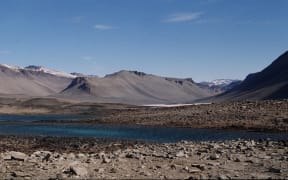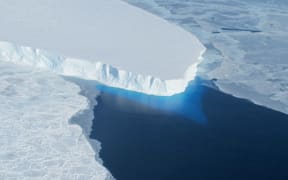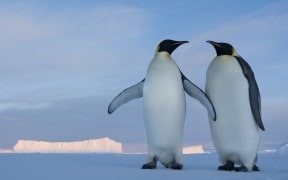The Antarctic Peninsula, among the fastest warming places on Earth last century, has since cooled due to natural swings in the local climate, but scientists say the respite from the thaw is likely to be brief.
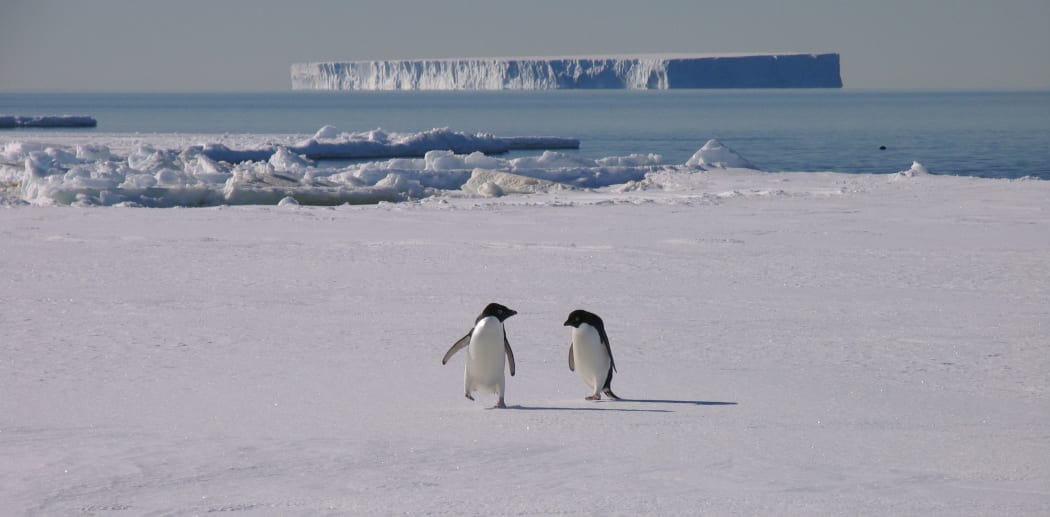
Rapid warming on the Antarctic Peninsula triggered declines in some penguin colonies. Photo: Veronika Meduna
Rapid warming until the late 1990s triggered the break-up of ancient ice shelves on the peninsula, which is at the northern end of the continent, and declines in some penguin colonies.
But a study published in the journal Nature, shows a shift to colder winds and more sea ice since then have brought a chill to the region despite the build-up of greenhouse gases in the atmosphere.
Lead author John Turner cautioned that global warming had not stopped and was, in fact, continuing to threaten the planet.
"We're certainly not saying that global warming has stopped. On the contrary," he said.
"We're highlighting the complexity of climate change."
Since about 1998, local air temperatures have fallen about 0.5 degrees per decade, roughly the rate at which they had previously been warming since about 1950.
Stabilisation of the ozone hole over Antarctica, which shields the planet from ultra-violet rays and has been damaged by man-made chemicals, may partly explain the shift in winds that led to the cooling, the study said.
But the build-up of greenhouse gases, mainly from the global burning of fossil fuels, means the cooling may be just a blip in a corner of Antarctica. Temperatures were likely to start rising again and could gain by 3 to 4 degrees by 2100, Turner said.
On the Antarctic Peninsula, about 10 ice shelves, from the Jones to the Wilkins, have retreated sharply or disintegrated in recent decades.
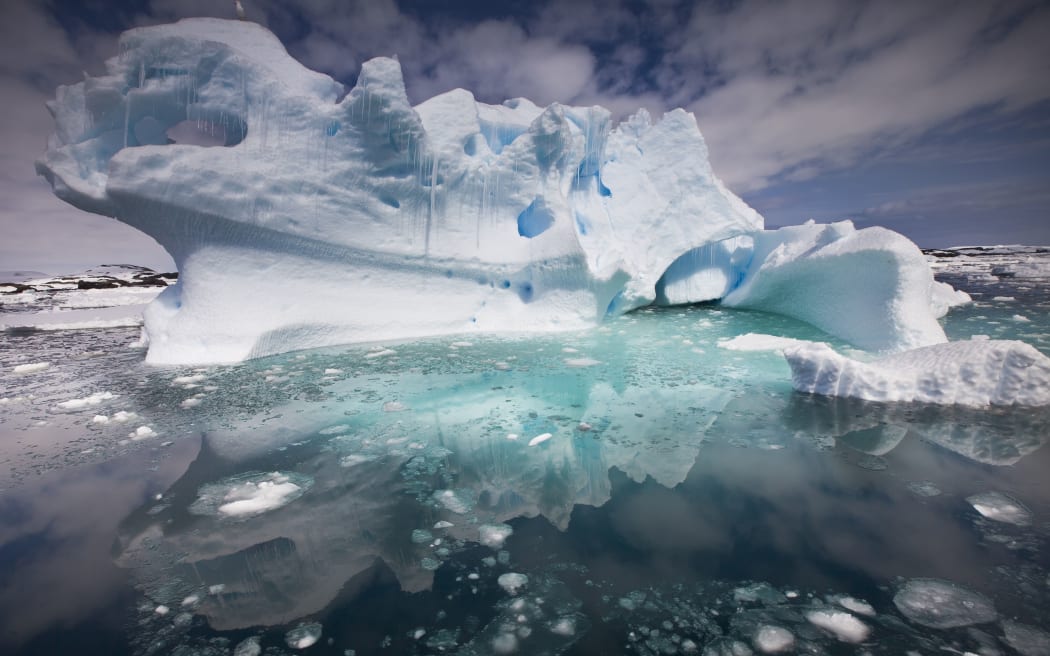
An Iceberg in the Penola Strait, Antarctic Peninsula, Antarctica. Photo: AFP
"The real threat is ocean warming"
The splintering of the Larsen B ice shelf in 2002 inspired the opening scene of a Hollywood disaster movie about climate change, "The Day After Tomorrow", where a vast crack destroys a US scientific camp.
In the real world, the worry is that far bigger ice shelves further south in Antarctica will also break up, allowing vast glaciers to slide more quickly into the sea and add to a rise in ocean levels.
The study "begs a question as to the climate variability in other regions of Antarctica - where there is far more ice with the potential to melt and cause sea-level rise - as well as in the Arctic and other locations," Martin Siegert, an expert at Imperial College, London, said.
And on the Antarctic Peninsula, in 2014 scientists spotted a new crack tens of kilometres long on the Larsen C ice shelf.
"The future of the Larsen C is in the balance," said David Vaughan, director of science at the British Antarctic Survey, adding it had probably not yet reached a point of no return.
Some other scientists said a rise in ocean temperatures that are gnawing away at Antarctica's icy coastline from below was more important for sea level rise than the air temperatures studied by Turner.
"The real threat is ocean warming," said Andrew Shepherd of the University of Leeds.
- Reuters
